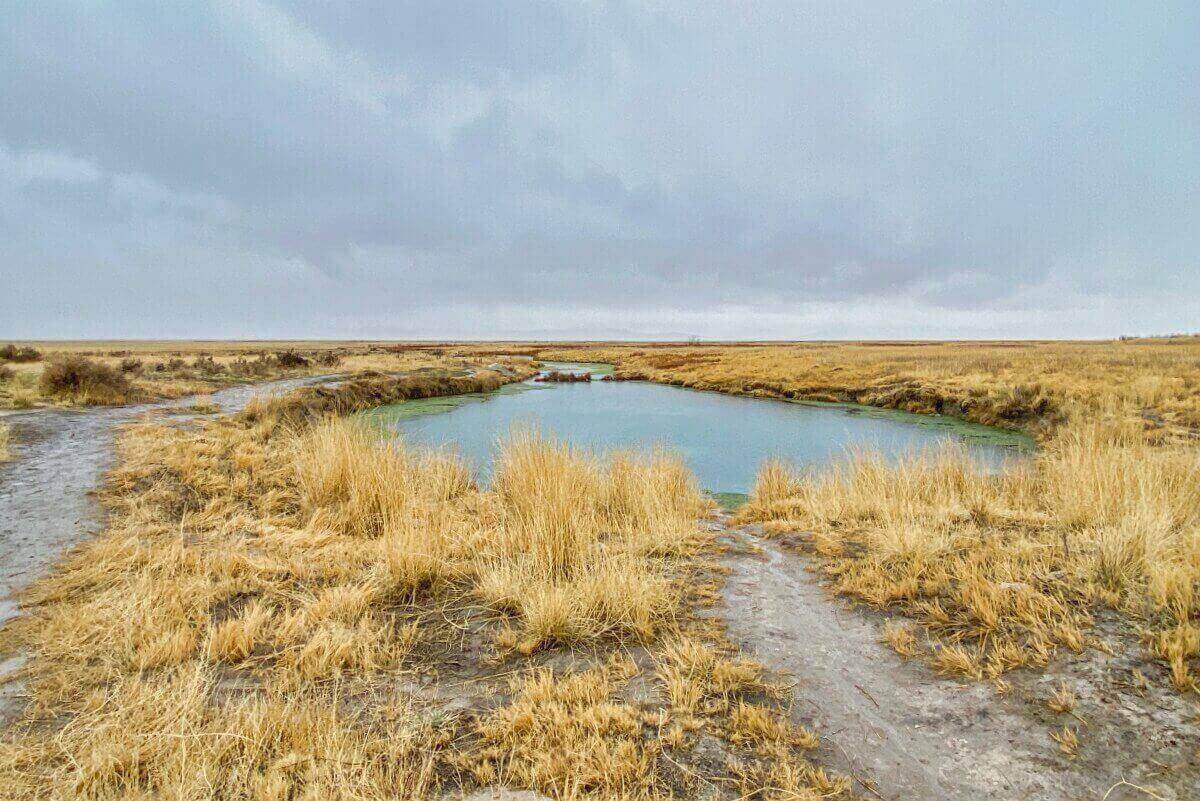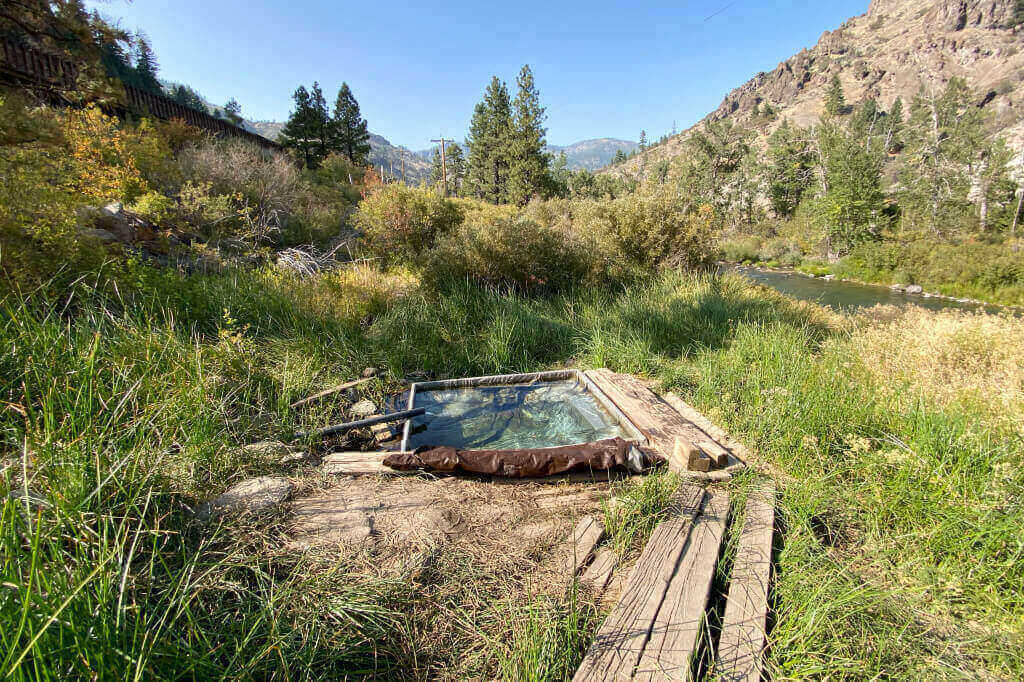It was such a lukewarm swamp that it could hardly be called a thermal spring.
It also involved some interesting history.
Iosepa, Utah
75 miles southwest of Salt Lake City is a ghost town inhabited by immigrants from Hawaii.
In 1889, Native Hawaiians who believed in The Church of Jesus Christ of Latter-day Saints (Mormonism) moved to Iosepa.
It is said that this location was chosen to escape severe discrimination by whites and to live as close to the Salt Lake Temple as possible.
Public Domain


At its peak, it boasted a population of 228 but declined due to the leprosy epidemic.
Eventually, most of the residents chose to return to Hawaii, and by 1917 it became a ghost town.
Today, little remains except for a cemetery and fire hydrants.
Staging point for the western frontier

Only a 10-minute drive north from Iosepa via Skull Valley Road.
Horseshoe Springs is a park of sorts, maintained by the BLM.

The parking lot and the road leading to it were unpaved but could be reached without problems by a normal car.
Camping was not allowed and there was not even a vault toilet.

I found three information boards under the gazebo.
According to it, Horseshoe Springs was an important staging point for western settlement.

One of the routes used by immigrants from the East Coast to California was the Hastings Cutoff.
In 1846, the Donner Party struggled to use it and eventually lost around Farad Soaking Pool, California.
-

ReferenceFarad Soaking Pool (Mystic Hot Springs) - Hot Springs in California
This is the closest hot spring to the location of the tragedy of Donner Party. Because of its easy accessibility, it is one of the most fragile and valuable undeveloped hot springs. Industrial heritage in the wild In the 1840s, there was a dramatic increase in the number of pioneers ...
This incident is known to have resulted from extreme starvation, which led to cannibalistic acts.

It was a valuable watering hole for the Hastings Cutoff as it crossed the challenging Great Salt Lake Desert.
The two springs are adjacent to each other in a horseshoe shape, hence the name.
It was located across the creek on a log bridge.

The water was tasteless, odorless, and lukewarm with a temperature of 70 degrees F.
The water surface was covered with a large number of algae and the ground was muddy clay, making for a less than pleasant soaking experience.

If anything, it seemed to be gaining popularity as a fishing spot.
Stop by if you are passing nearby to witness these forgotten histories.
Summary
Horseshoe Springs, Skull Valley, Utah, U.S.
My rating
Type: Undeveloped
Rule: Clothing optional
Chemical use: No
Water temp: Up to 70 degrees F



